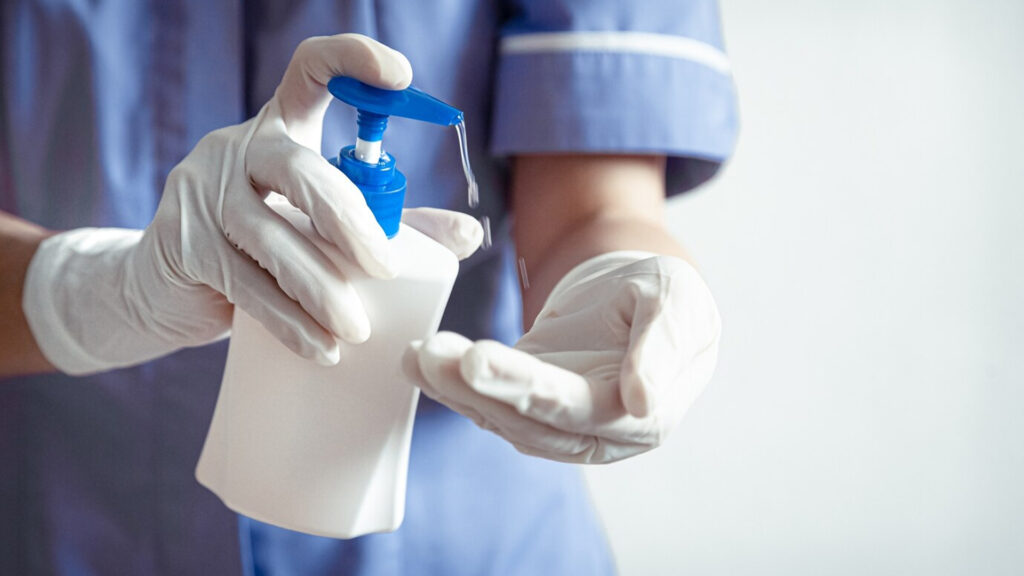Unhealed foot wounds are more than a source of discomfort—they can lead to serious medical complications if not properly managed. For individuals with diabetes or compromised circulation, these wounds pose an even greater risk of infection, delayed healing, and, in severe cases, amputation. Proper wound care is essential not only for healing but also for safeguarding long-term health.
At Washington Vascular Specialists, we emphasize the importance of addressing even the smallest wound promptly. When foot wounds are left untreated, they can progress rapidly and cause damage to surrounding tissues. Research indicates that approximately 15% of individuals with diabetes will develop foot ulcers in their lifetime. These wounds often take months to heal, and without early medical intervention, may lead to irreversible complications.
Why Proper Foot Wound Care Matters
Foot wounds, particularly those associated with diabetes, can become chronic and increasingly difficult to treat. Poor blood flow and nerve damage reduce the body’s ability to fight infections and regenerate tissue. That’s why effective, consistent wound care is essential from the very first signs of injury. Treating wounds correctly helps prevent infection, accelerates healing, and lowers the risk of hospitalization or amputation.

Step-by-Step Instructions for Dressing an Unhealed Foot Wound
Begin by washing your hands thoroughly with soap and water for at least 20 seconds. This basic step is essential to minimize the risk of introducing bacteria to the wound. Once your hands are clean, wear sterile medical gloves to avoid contaminating the injury.
Next, cleanse the wound gently using sterile saline solution or lukewarm clean water. Avoid scrubbing or using harsh antiseptics like hydrogen peroxide or iodine unless specifically instructed by a healthcare provider. These agents can damage healthy tissue and delay healing. Allow the water to gently rinse away dirt and debris.

Once clean, carefully dry the area using sterile gauze. Pat the wound lightly rather than rubbing it to prevent irritation, bleeding, or inflammation. After the area is completely dry, apply a thin layer of antibiotic ointment. This helps keep the wound moist, reduces the risk of infection, and promotes tissue regeneration.
Cover the wound with a sterile, non-adhesive dressing. This creates a protective barrier against bacteria, dirt, and external trauma, while also managing any drainage. Use medical tape or a soft wrap to secure the dressing in place, ensuring that it’s snug but not overly tight. Excessive pressure can hinder blood circulation and delay healing.
Healing and Prevention Tips
While managing an unhealed foot wound, it’s important to limit movement and pressure on the affected foot. Elevating your foot when resting can help reduce swelling and improve blood flow. For diabetic patients, maintaining stable blood sugar levels is crucial, as elevated glucose impairs the body’s natural healing processes.
Carefully monitor the wound for signs of infection, including increased redness, swelling, pus, or an unpleasant odor. These symptoms may indicate an infection that requires prompt medical attention. If the wound does not begin to improve within a week—or worsens over time—schedule a consultation with a wound care specialist immediately.
Conclusion
Unhealed foot wounds should never be taken lightly. With the right care strategy, including proper cleaning, dressing, rest, and professional oversight, you can significantly reduce healing time and prevent long-term complications.

At Washington Vascular Specialists, we provide advanced, research-based care for foot wounds and diabetic ulcers. Our expert team is here to guide you through every step of the healing process. Contact us today to schedule an appointment and begin your path toward full recovery.



